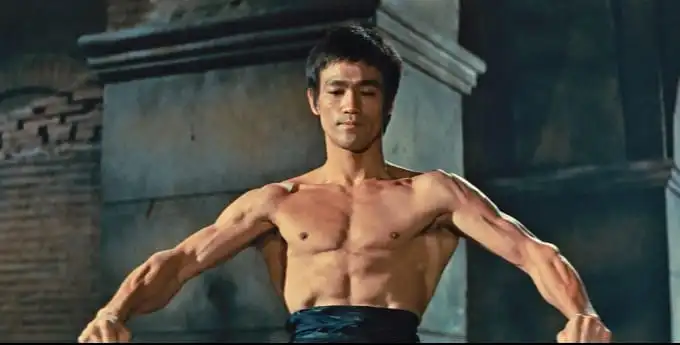Can Kung Fu Help You Build a Ripped Physique?
By Maurice Novoa a master under the Yuen Kay Shan, Ip Man and Pan Nam lineages.
Unveiling the Physical Benefits of Kung Fu Training
Kung Fu, the traditional Chinese martial art, encompasses a wide range of styles and techniques that focus on self-defense, discipline, and personal development. While this training primarily emphasizes martial skills and self-defense proficiency, it also offers numerous physical benefits. In this article, we will explore the potential of Kung Fu to help you build a ripped physique and uncover the physical transformations that can occur through dedicated practice.
I. Introduction
Kung Fu training involves a combination of rigorous exercises, forms (also known as “katas”), sparring, and conditioning drills. These elements contribute to the development of various physical attributes, including strength, endurance, flexibility, and agility. While it is not solely aimed at achieving a ripped physique, the training methods employed in Kung Fu can certainly contribute to physical fitness and muscle development.
II. Strength and Power
Kung Fu training involves a variety of movements that engage and strengthen the muscles of the body. Techniques such as punches, kicks, strikes, and blocks require the activation of various muscle groups, including the core, arms, legs, and back. Through consistent and dedicated practice, Kung Fu practitioners can develop increased strength and power in these muscle groups, which can contribute to a more defined and ripped physique.
In particular, Wing Chun, a style of Kung Fu, offers specific training methods that enhance strength and power. The push kick, a signature technique in Wing Chun, builds muscles in the legs. By repeatedly executing push kicks, practitioners not only develop leg strength but also improve balance and stability.
Moreover, Wing Chun’s chain punch technique is known for its rapid-fire strikes. With the potential to deliver up to eight punches per second, this technique demands a significant amount of energy and engages the muscles of the arms, shoulders, and chest. The continuous repetition of the Wing Chun chain punches during training sessions contributes to the development of upper body strength and muscular endurance.
By incorporating Wing Chun techniques into their Kung Fu training, practitioners can further enhance their overall strength and power, ultimately contributing to a more defined and ripped physique.
III. Endurance and Cardiovascular Fitness
Kung Fu training incorporates intense physical workouts that improve cardiovascular endurance. Forms and sparring sessions often involve continuous movement, demanding stamina and cardiovascular fitness. These high-intensity workouts can help burn calories, reduce body fat, and contribute to overall weight loss. As a result, the training can assist in revealing the underlying muscle definition, ultimately contributing to a more ripped appearance.
IV. Flexibility and Range of Motion
Flexibility plays a vital role in Kung Fu, enabling practitioners to perform dynamic kicks, acrobatic movements, and fluid transitions. Regular stretching exercises, combined with the execution of various techniques, gradually improve flexibility and range of motion. Increased flexibility not only enhances Kung Fu performance but also contributes to a more aesthetically pleasing and well-rounded physique.
V. Body Composition and Fat Loss
Engaging in regular Kung Fu training can contribute to improvements in body composition. The combination of strength training, cardiovascular workouts, and calorie-burning activities can lead to fat loss and increased muscle mass. As body fat decreases and muscle definition improves, a more ripped and toned physique can be achieved through consistent practice.
VI. Diet and Nutrition
While Kung Fu training can certainly contribute to building a ripped physique, it is essential to remember that diet and nutrition play a crucial role in achieving optimal results. Fueling the body with a balanced diet that includes lean proteins, complex carbohydrates, and healthy fats can support muscle growth, enhance energy levels, and aid in recovery. Additionally, staying properly hydrated is important for overall health and fitness.
VII. Conclusion
While Kung Fu training primarily focuses on martial skills, self-defense, and personal development, it can also help you build a ripped physique. The combination of strength training, cardiovascular workouts, flexibility exercises, and improved body composition through fat loss can contribute to a more defined and muscular appearance. In Wing Chun, specific techniques such as the push kick and Wing Chun chain punch further enhance muscle development and power. However, it’s important to note that individual results may vary based on factors such as genetics, training intensity, consistency, and nutrition.
So, while Kung Fu style like Wing Chun can be a valuable tool for physical fitness and developing a ripped physique, its benefits extend far beyond mere aesthetics. Through dedicated practice, this martial art offers a holistic approach to self-improvement, discipline, and personal growth.

